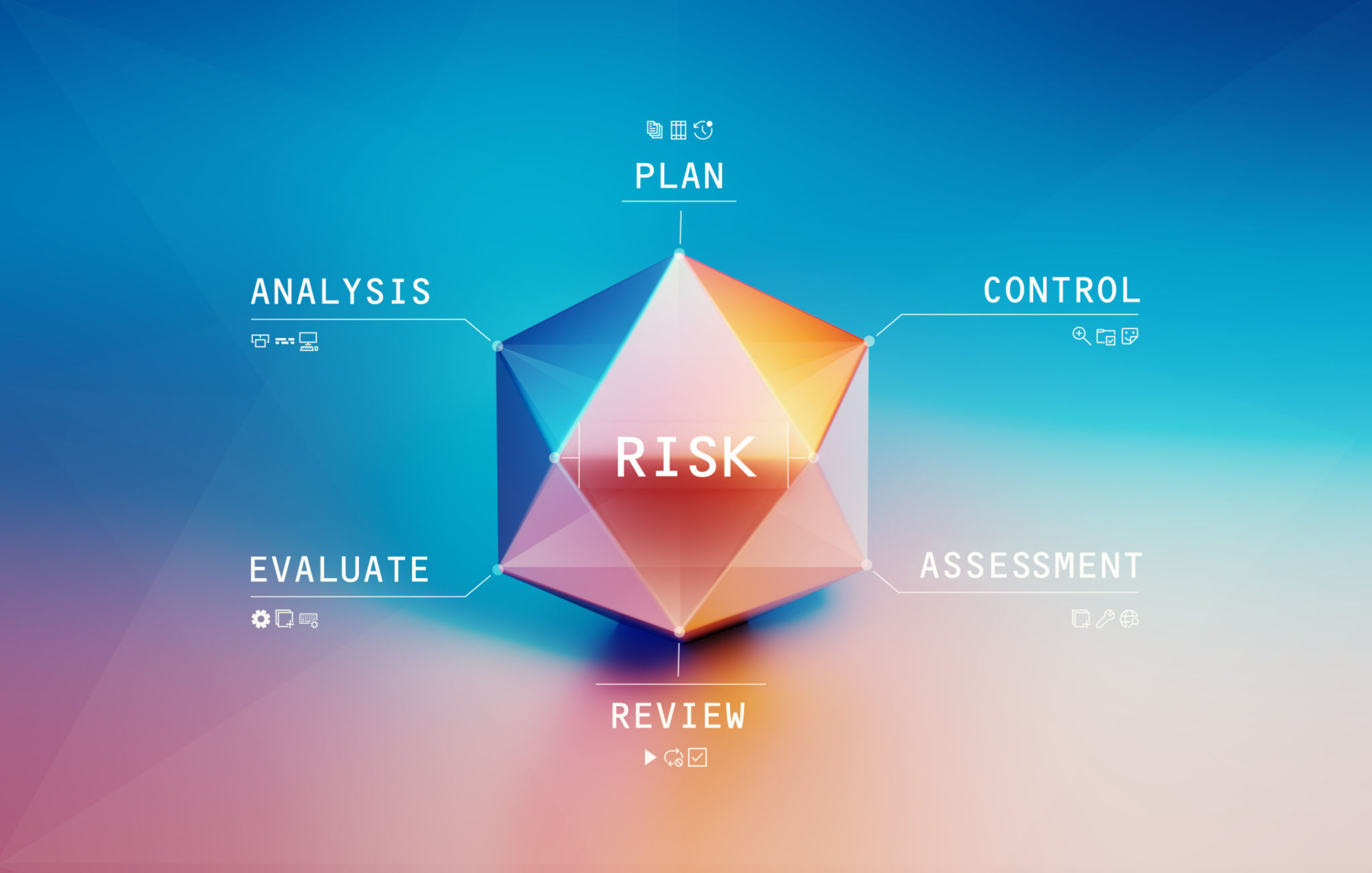How to Conduct a Contract Risk Assessment: Expert Tips and Tools
Understanding Contract Risk Assessment
Contract risk assessment is a critical process for any business engaged in agreements with other entities. It involves the identification, evaluation, and mitigation of potential risks that could arise from contractual obligations. By conducting a thorough contract risk assessment, companies can safeguard themselves from unforeseen liabilities and ensure smooth operations. In this post, we'll explore expert tips and tools that can help you conduct an effective contract risk assessment.

Identifying Potential Risks
The first step in conducting a contract risk assessment is identifying potential risks. This involves a detailed review of the contract's terms and conditions to spot any clauses that might pose a threat. Common risks include ambiguous language, unrealistic obligations, and penalties for non-compliance. It's important to engage with legal experts or use specialized software tools that can highlight risky areas in contracts.
Evaluating Risk Impact and Likelihood
Once potential risks are identified, the next step is to evaluate their impact and likelihood. This involves assessing how each risk could affect your business operations financially and operationally if it were to materialize. Consider using a risk matrix that categorizes risks based on their severity and probability, allowing you to prioritize which risks need immediate attention.

Mitigation Strategies
After evaluating the risks, it's essential to develop strategies to mitigate them. This might include negotiating changes to the contract terms, implementing insurance policies, or setting up contingency plans. Effective communication with all parties involved in the contract is crucial to ensure that everyone is aware of the risks and the measures put in place to mitigate them.
Using Contract Management Tools
Incorporating technology can significantly enhance your contract risk assessment process. Contract management software offers features such as automated alerts, compliance tracking, and analytics that can help you monitor and manage risks effectively. These tools enable you to maintain a centralized repository of contracts, ensuring that you never miss critical deadlines or obligations.

Regular Review and Monitoring
Conducting a one-time risk assessment is not enough; regular review and monitoring of contracts are necessary to ensure ongoing compliance and risk management. As business environments change, new risks may emerge, necessitating adjustments in your risk mitigation strategies. Establish a routine schedule for reviewing contracts and updating your risk assessments accordingly.
Expert Consultation
Finally, consider consulting with legal and industry experts who can provide insights specific to your sector. Their expertise can be invaluable in understanding complex contractual terms and industry-specific regulations that might affect your agreements. Engaging with professionals ensures that your contract risk assessment is thorough and compliant with the latest legal standards.
By following these expert tips and utilizing specialized tools, you can conduct a comprehensive contract risk assessment that protects your business from potential threats. Remember, effective risk management is an ongoing process that requires attention and diligence but ultimately ensures the longevity and success of your business relationships.
